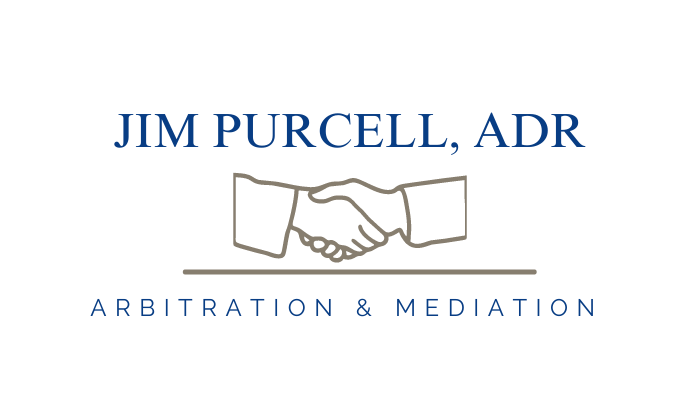 We’ve all heard the debates over the right steps toward health care reform, and it seems as if everyone has an opinion about the best practices to achieve it. In that process, it also seems that hospitals and doctors are constantly at odds over the best way to integrate and coordinate care, which they most certainly will have to do in an ACO setting. Hospitals, while providing wonderful care and having the best of intentions, sometimes are lead astray by the need to fill beds and drive volume to their organization. Understandable in today’s reimbursement environment. Physicians wish to have the freedom to refer their patients to the provider they believe is best able to provide care. Hospitals may not agree with that kind of flexibility. The tension is significant, and must be dealt with.
We’ve all heard the debates over the right steps toward health care reform, and it seems as if everyone has an opinion about the best practices to achieve it. In that process, it also seems that hospitals and doctors are constantly at odds over the best way to integrate and coordinate care, which they most certainly will have to do in an ACO setting. Hospitals, while providing wonderful care and having the best of intentions, sometimes are lead astray by the need to fill beds and drive volume to their organization. Understandable in today’s reimbursement environment. Physicians wish to have the freedom to refer their patients to the provider they believe is best able to provide care. Hospitals may not agree with that kind of flexibility. The tension is significant, and must be dealt with.
In the context of ACO provided care, the hospital system is best positioned to “take over.” It is a large business used to governing care, and it often enters into relationships expecting to make them hospital centric. Physicians have far less negotiating leverage, and usually are not nearly as business-oriented. Thus, they can not only think they are being taken advantage of—they usually are taken advantage of. Even if physicians are part of a large group, they start out somewhat disadvantaged in the governance and negotiations game. For example, how much of a bundled payment from an insurer goes to the hospital, and how much to the physician group? Who decides? Will there be disputes? For sure.
There are many who believe that today’s victim in this process, the primary care physician, should be the quarterback of the future, making care decisions and holding hospitals and specialists accountable through their referral patterns. We are a ways away from that yet, but it underscores the tension between physicians and hospitals which will only get more severe as cost constraints become more severe.
The joint venture between the hospital and the physician must continue on a path toward health care that is cost effective and maintains a patient-centered focus. The question remains: how does this historically combative relationship turn into a partnership in resolving the healthcare issues in our country, especially when it is a relationship that is further strained by extensive laws and regulations governing the industry?
The answer is not simple, by far, but there is one way to significantly reduce the adverse impact of the inevitable disputes that will arise. That is mediation. Mediation provides a quick, inexpensive, expert, and less combative way to resolve disputes. Those qualities are essential in an ongoing relationship, where physicians and hospitals must continue to work together while resolving their disputes. Speed to resolution is key in maintaining good relationships.

